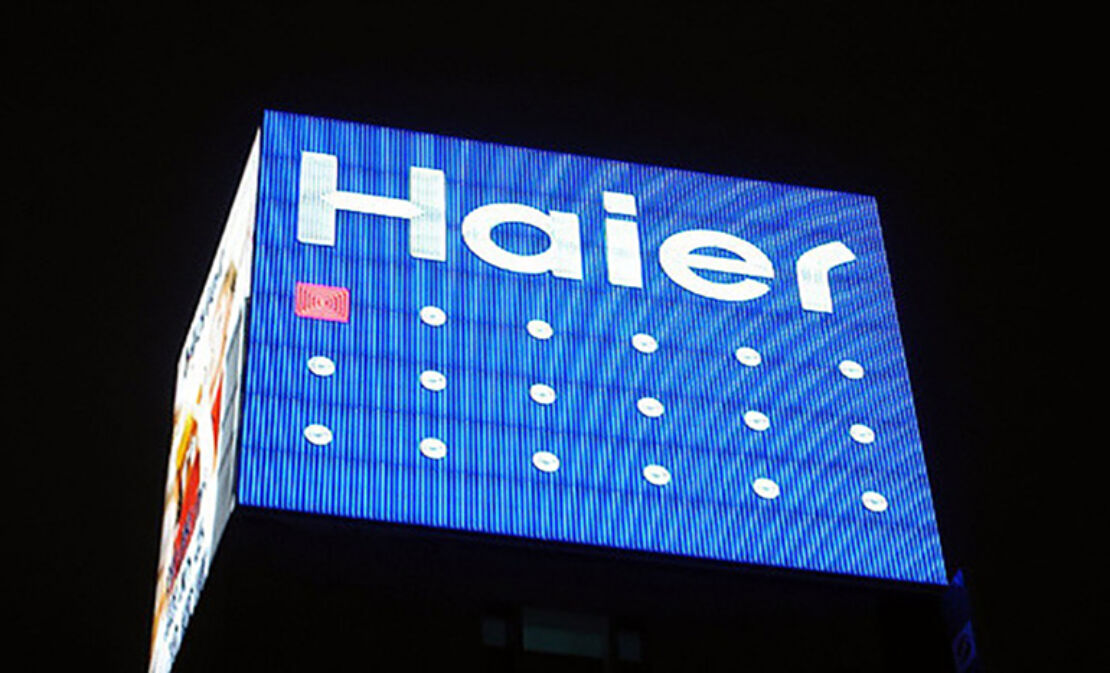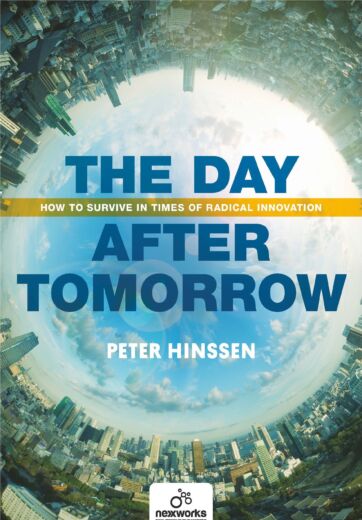Organizing for the Day After Tomorrow - Part 7
Starting a business is hard. Startups are idealized a lot these days, but the truth is that they are nothing but blood, sweat and tears. Founders struggle to find adequate funding, attract top talent, a way to market their products, the right channels, customers, partners…In other words, it’s messy. It’s brutal. But when you do it right, it can be magical.

Now, on the other hand, there’s these huge corporate companies that put entrepreneurship and innovation on a pedestal. Everyone wants to innovate. And no one will rest until the innovation is so radical that it will disrupt an entire industry. A lot of them have the means, the talent and the processes in place. But it just doesn’t work. Most only seem able to optimize their existing offering. There’s nothing radical about it. There is not a speck of 'day after tomorrow thinking' on the horizon.
Now, there are many reasons for this. Much ink has been spilt on the matter. Yes, by me too. But lately I have been thinking this: what if, in a lot of cases, this 'cult of innovation' is exactly what is smothering innovation? What if innovation works best when it is messy, chaotic and battling a highly competitive environment? That’s why I absolutely love the case of Haier: how, in the early 1980s, CEO Zhang Ruimin was able to completely transform a dying fridge factory in Qingdao into one of the world’s biggest white goods companies. Most of all, I love his rebel attitude and HOW he did it. When asked how he managed to strike the right balance between the chaotic entrepreneurial energy within his company and the need for corporate control at the top, his answer was simply: “We don’t need to balance! An unsteady and dynamic environment is the best way to keep everyone flexible.”
Basically, what Ruimin did, was to create a culture of entrepreneurship inside his company by copying and transferring the rules of the outside market inside his company. He thus created a network of small "companies" competing against one another inside Haier and made sure that the remuneration depended on the end-users. The result was a highly competitive, even uncomfortable and chaotic environment, but one that yielded tangible results.
One of the first measures Zhang Ruimin took to save the ailing company was to eliminate middle management and chop his 80,000 workforce into hundreds of internal micro-companies with their own profit and loss account. He transformed his company into a fast flowing network, with hardly any hierarchy. Employees also became empowered to propose new ideas which were then put to the vote, after which the winner becomes the project leader who can ‘recruit’ employees for his venture (who are free to join or leave at any time). In other words, just like in an actual startup. And let’s not forget the catfish: the shadow managers who follow the micro-entrepreneurs and ruthlessly report on missed targets and lost opportunities. If you’re not up to the game, you’re out.
One of my favorite parts of the Zhang Ruimin approach is his “zero distance to customers” rule. Everything begins and ends with the end-user. They are the "bosses" of Haier’s micro-entrepreneurs. In fact, Haier employees do not receive a fixed salary: it’s the customers who "decide" upon their remuneration. Again, this works just like in a real market, where entrepreneurs are completely at the mercy of the customer for their income.
Now, I’m not saying that this highly competitive approach will work for every company. I’ll keep repeating it ad nauseam: there is no silver bullet when it comes to innovating for the day after tomorrow. What works for one company, might destroy another. But I do think that radical innovation needs an environment that’s a little off, i.e. not too safe. It needs a little pressure. The beauty of Haier’s competitive and networked innovation approach, is that only a certain type of ‘gutsy’ and entrepreneurial type of employee will be drawn to the company, which will even more reinforce its innovation culture. It’s a perfect circle.
But perhaps the best result of the Haier culture is how its employees are used to continuous change, which reduces the usual fear that is associated with it in most companies. If companies want to stay alive and even thrive in an accelerating market, they have to embrace continuous evolution and innovation, and one of the biggest obstacles to that is fear of change. But Haier’s culture is organized in such a manner that people expect change. And that’s a big enabler for day after tomorrow thinking.
